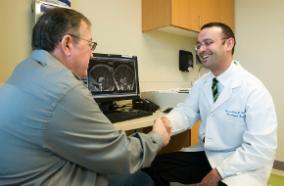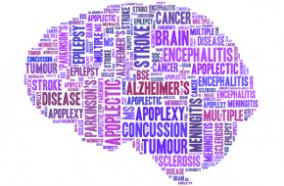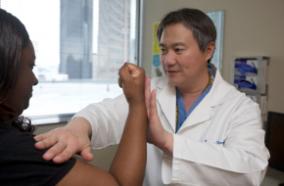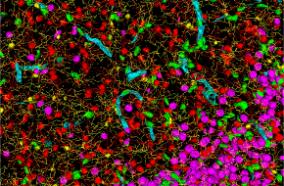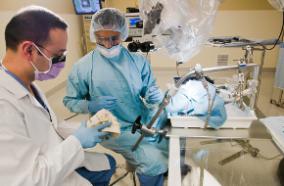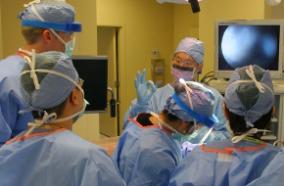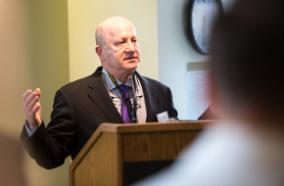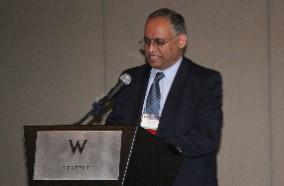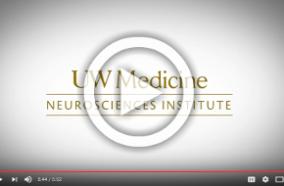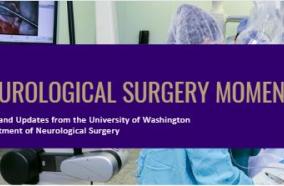Percutaneous cervical cordotomy for cancer-related pain: national data.
Percutaneous cervical cordotomy for cancer-related pain: national data.
BMJ Support Palliat Care. 2020 Mar 27;:
Authors: Poolman M, Makin M, Briggs J, Scofield K, Campkin N, Williams M, Sharma ML, Laird B, Mayland CR, INPIC Group
Abstract
OBJECTIVES: Percutaneous cervical cordotomy (PCC) is an interventional ablative procedure in the armamentarium for cancer pain treatment, but there is limited evidence to support its use. This study aimed to assess the effectiveness and safety of PCC.
METHODS: Analysis was undertaken of the first national (UK) prospective data repository of adult patients with cancer undergoing PCC for pain treatment. The relationship between pain and other outcomes before and after PCC was examined using appropriate statistical methods.
RESULTS: Data on 159 patients' PCCs (performed from 1 January 2012 to 6 June 2017 in three centres) were assessed: median (IQR) age was 66 (58-71) years, 47 (30%) were female. Mesothelioma was the most common primary malignancy (57%). The median (IQR) time from cancer diagnosis to PCC assessment was 13.3 (6.2-23.2) months; PCC to follow-up was 9 (8-25) days; and survival after PCC was 1.3 (0.6-2.8) months. The mean (SD) for 'average pain' using a numerical rating scale was 6 (2) before PCC and 2 (2) at follow-up, and for 'worst pain' 9 (1) and 3 (3), respectively. The median (IQR) reduction in strong opioid dose at follow-up was 50% (34-50). With the exception of 'activity', all health-related quality of life scores (5-level version of EuroQol-5 Dimension) either improved or were stable after PCC. Six patients (4%) had PCC-related adverse events.
CONCLUSIONS: PCC is an effective treatment for cancer pain; however, findings in this study suggest PCC referrals tended to be late in patients' disease trajectories. Further study into earlier treatment and seeking international consensus on PCC outcomes will further enhance opportunities to improve patient care.
PMID: 32220943 [PubMed - as supplied by publisher]

